Editor’s Note: CNN Insider Guides are thoroughly checked for accuracy. Given the fluid nature of the travel industry, however, some listings may fall out of date before guides can be updated. The best practice is to confirm current information on official websites before making plans to visit any business or attraction.
Everyone should visit Kyoto at least once. It’s the best-preserved ancient city in all of Japan.
Shrines, temples, palaces, gardens … the city is home to thousands of architectural wonders, including 17 UNESCO World Heritage Sites. Geisha and locals wearing traditional kimonos aren’t unusual sights.
But Kyoto is a modern city with a dynamic music and arts scene, lively markets and restaurants serving the best Japanese cuisine. There’s too much to see on a single visit – so we have whittled down the best of Kyoto.
DINING
Gion Karyo
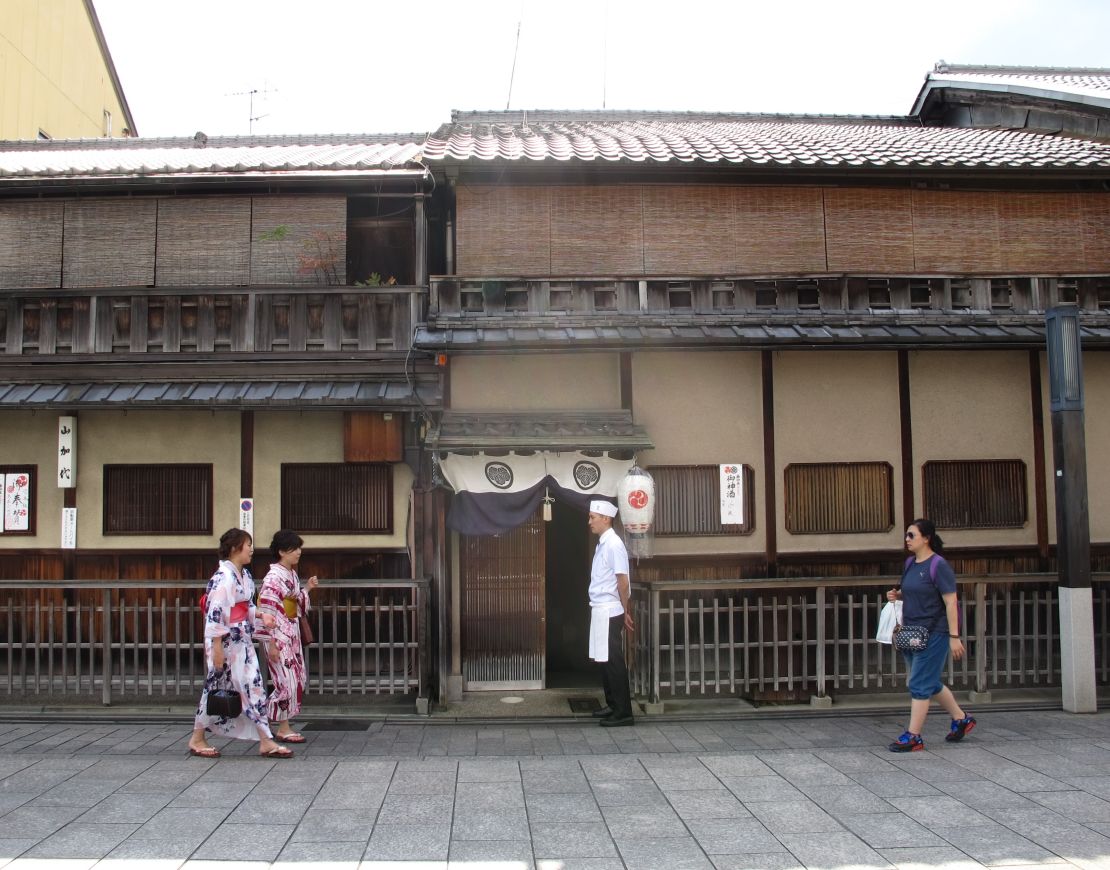
Char-grilled sweetfish garnished with citrus and peppers. Fine cuts of duck with organic mustard. Buckwheat dumplings and sweet adzuki beans. Centrally located in a traditional townhouse opposite Gion Corner – the heart of Kyoto’s traditional entertainment district – Gion Karyo serves the high artistry of kaiseki cuisine.
Kaiseki is a multicourse tasting menu, using the finest ingredients, beautifully arranged and served on exquisite tableware. While many Kaiseki restaurant prices are astronomical, Gion Karyo’s eight-course lunch (5,000 yen/$40) and 10-course dinner (10,000 yen/$80) offer good value.
Customers are seated at a counter and each dish is prepared before their eyes. English menus are available and many of the staff speak English.
While you’re in Japan – insiders share tips for Tokyo
Shiki Yoshina
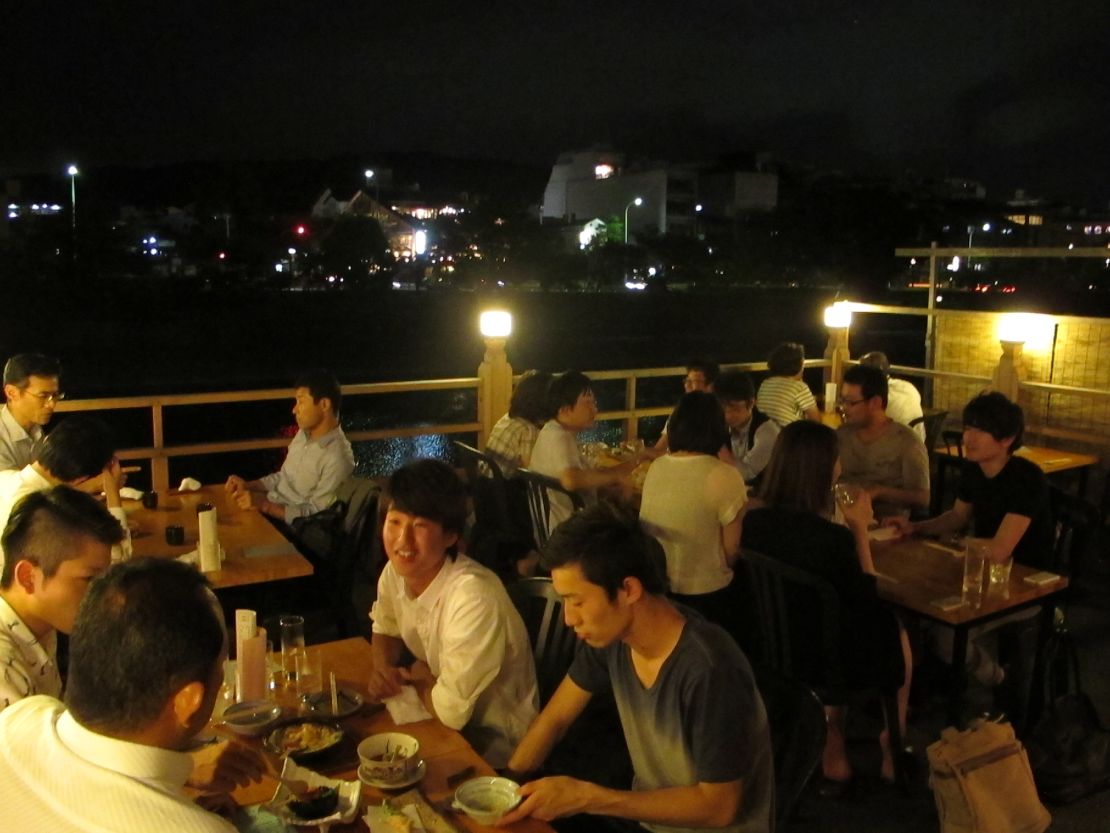
If you’re in Kyoto between May and September you can enjoy eating on a yuka (temporary balcony set up for summer) at one of restaurants overlooking the Kamo-gawa river.
Shiki Yoshina is one such restaurant, on the historic street of Pontocho in a converted teahouse. The menu changes with the seasons. Typical dishes include scallop croquettes, gluten cakes with miso sauce, skimmed yuba bean curd with wasabi and sashimi served on perilla leaves and garnished with edible flowers. You can be brave and order a kaiseki-style set course and see what happens, or order a la carte.
Shiki Yoshina has a fine selection of nihonshu sake from nearby Fushimi. Waiters can recommend a bottle to suit your taste – our personal favorite is Tomio.
Shiki Yoshina, 141-1 Wakamatsu-cho Pontocho, Nakagyo-ku, Kyoto; +81 75 213 4471; open daily noon-2 p.m, 5-11 p.m.
Omuraya
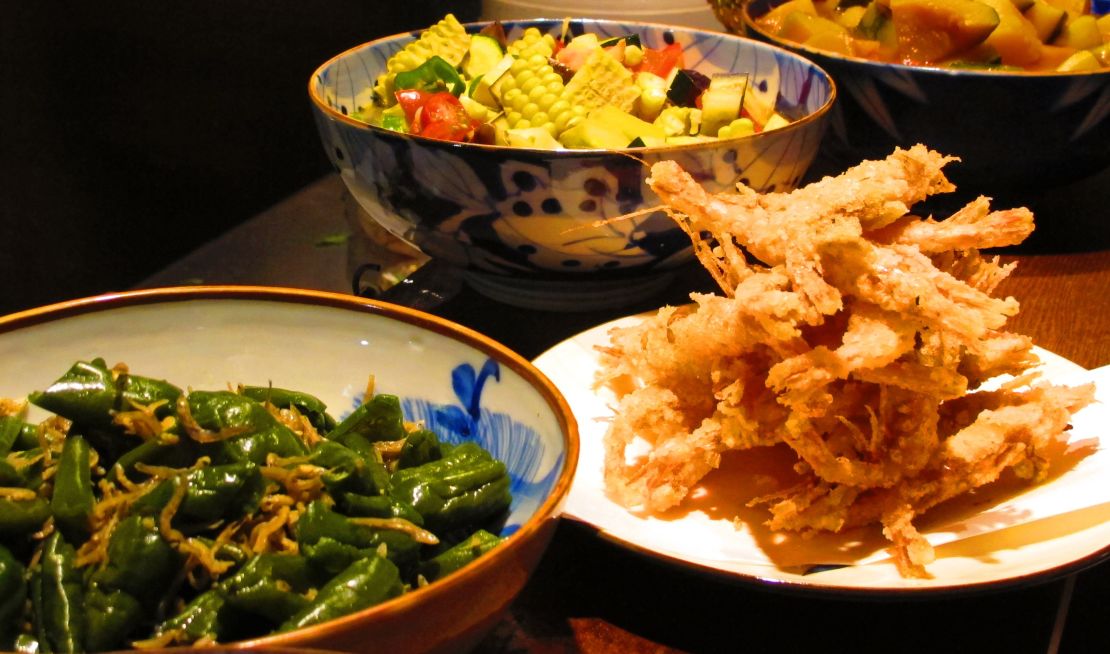
At Omuraya, counters are piled high with the colorful, seasonal dishes known in Kyoto as obanzai.
Unlike the exquisite local kaiseki cuisine, obanzai is a traditional Kyoto cuisine consisting of multiple small dishes. The style relies heavily on seafood and vegetables.
It’s devised and revised by generations of canny Kyoto homemakers to pique the palate in any weather, especially during Kyoto’s cold winters and heavy, humid summers.
At Omuraya, it’s served by cheerful staff in a traditional wooden machiya style townhouse. The atmosphere is informal, the food is healthy and the background music is blues, more often than not.
Okutan
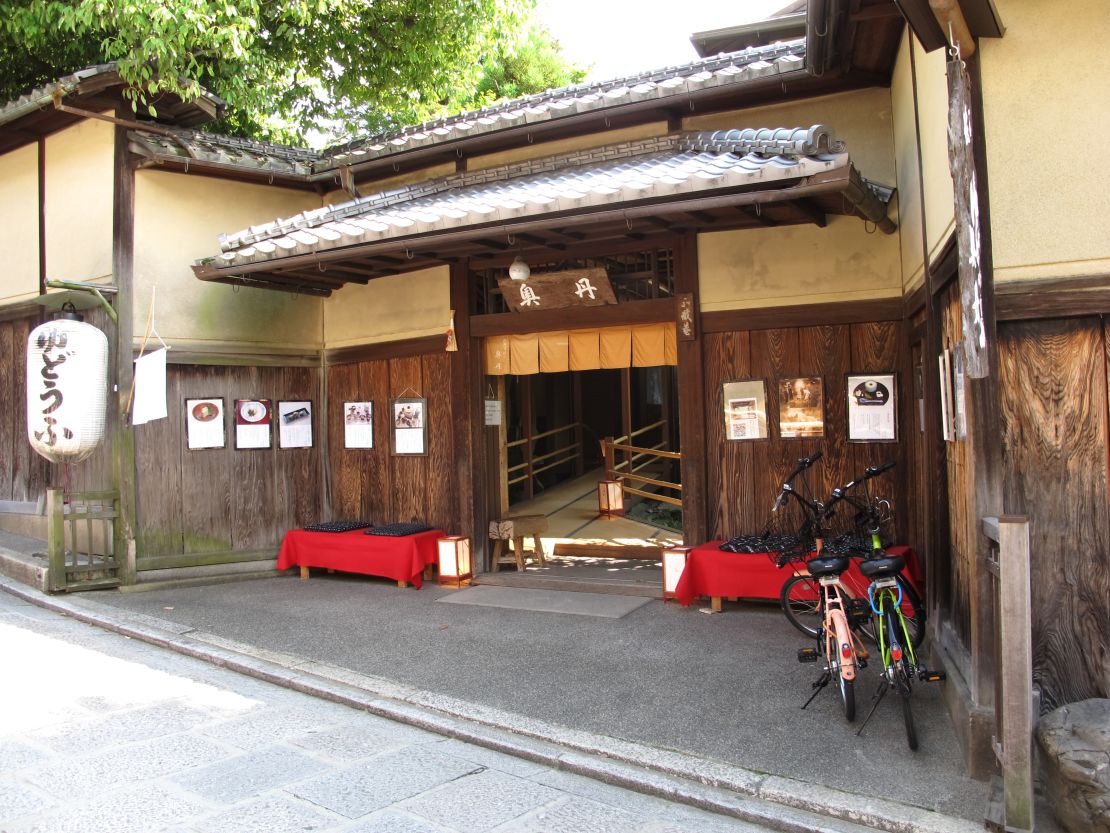
If your image of tofu is bland blocks of tasteless white protein, you haven’t eaten it in Kyoto. Here tofu is handcrafted in tiny artisanal shops with top quality soy beans and pure spring water.
One of the best places to eat tofu is Okutan, which has served tofu as part of traditional Buddhist vegetarian cuisine for at least 375 years. Okutan has four separate course menus ranging in price between 3,000-4,000 yen ($24-32). These typically include baked tofu with a miso glaze, vegetable tempura, sesame flavored tofu and yudofu: soft blocks of creamy boiled tofu eaten with scallions and a dipping sauce.
The restaurant is located between the scenic streets of Sannen-zaka and Ninen-zaka, a short walk from Kiyomizu-dera Temple.
Asahi Suisan
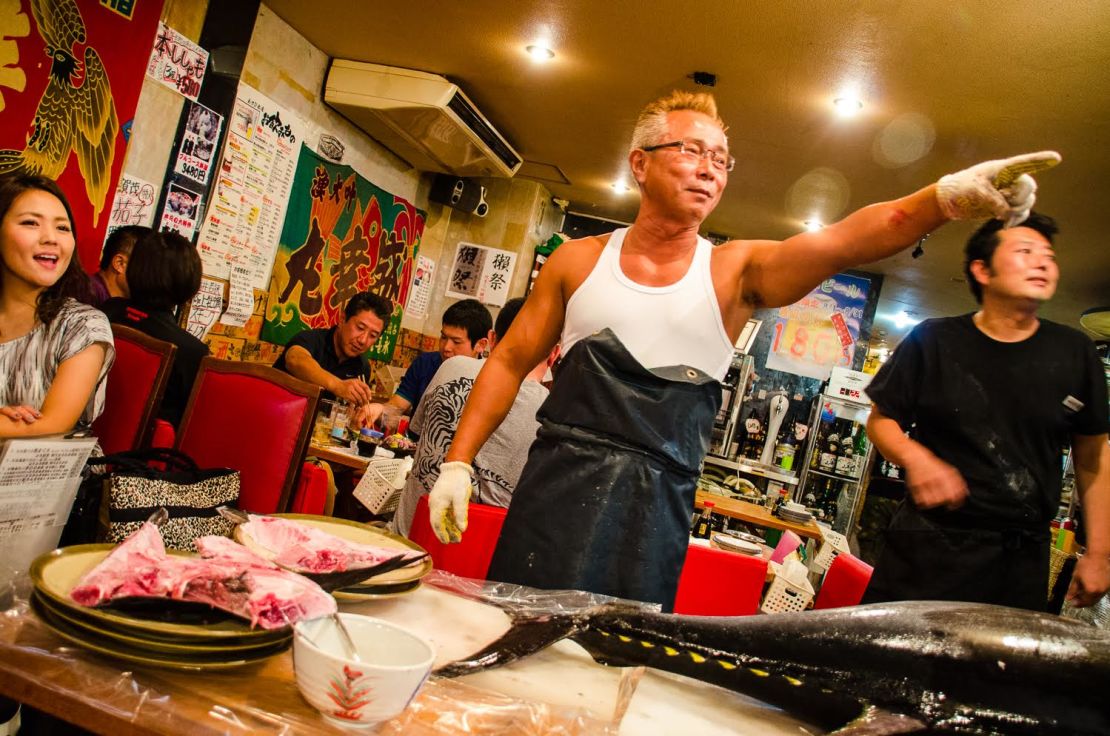
Izakaya are casual tavern-like eateries where people famously knock back a few coldies after work.
Asahi Suisan is an upbeat izakaya with a menu entirely devoted to seafood. Fresh from Kyoto’s fish market, the restaurant has every kind of marine product imaginable and some you probably can’t.
Each table comes with its own grill for a personal little barbecue of cockles, mussels and clams. When in season the raw oysters are irresistible – sashimi and tempura are served year round. On occasion the resident chef will pull out a giant tuna and carve it up before the crowd, to the appreciative shouts of the customers.
From tempura to miso – 25 Japanese foods we love
NIGHTLIFE
Hello Dolly
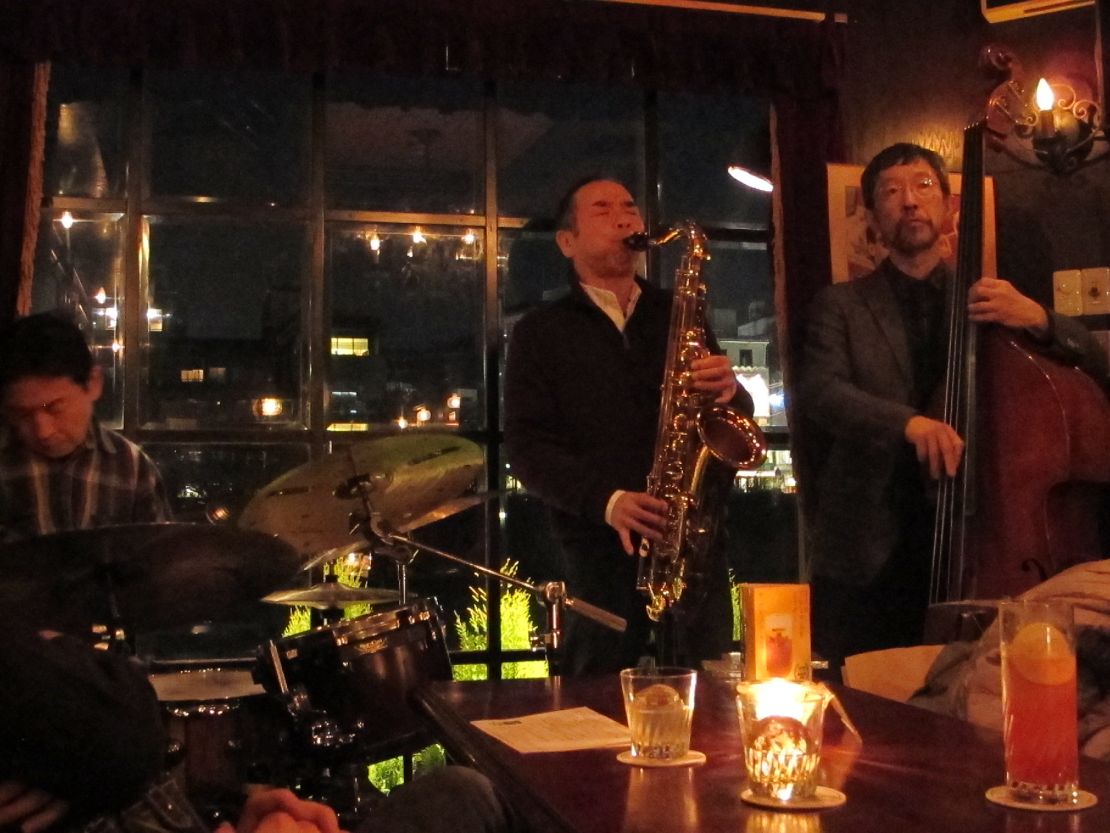
Hello Dolly has been serving whiskey and jazz on the historic street of Pontocho for the past 40 years.
The bar is dimly lit with antique lamps and elegantly furnished with plush red seating. A view over the Kamo-gawa river adds to the romantic mood.
In addition to a huge whiskey selection, the bar serves a range of cocktails. Seasoned musicians perform here three times a night, with each set lasting an hour. Cover charges for a live shows depend on the performer. There’s also a seating charge of 900 yen (about $7), which is waived if you arrive before 8 p.m.
Bar F.S.N
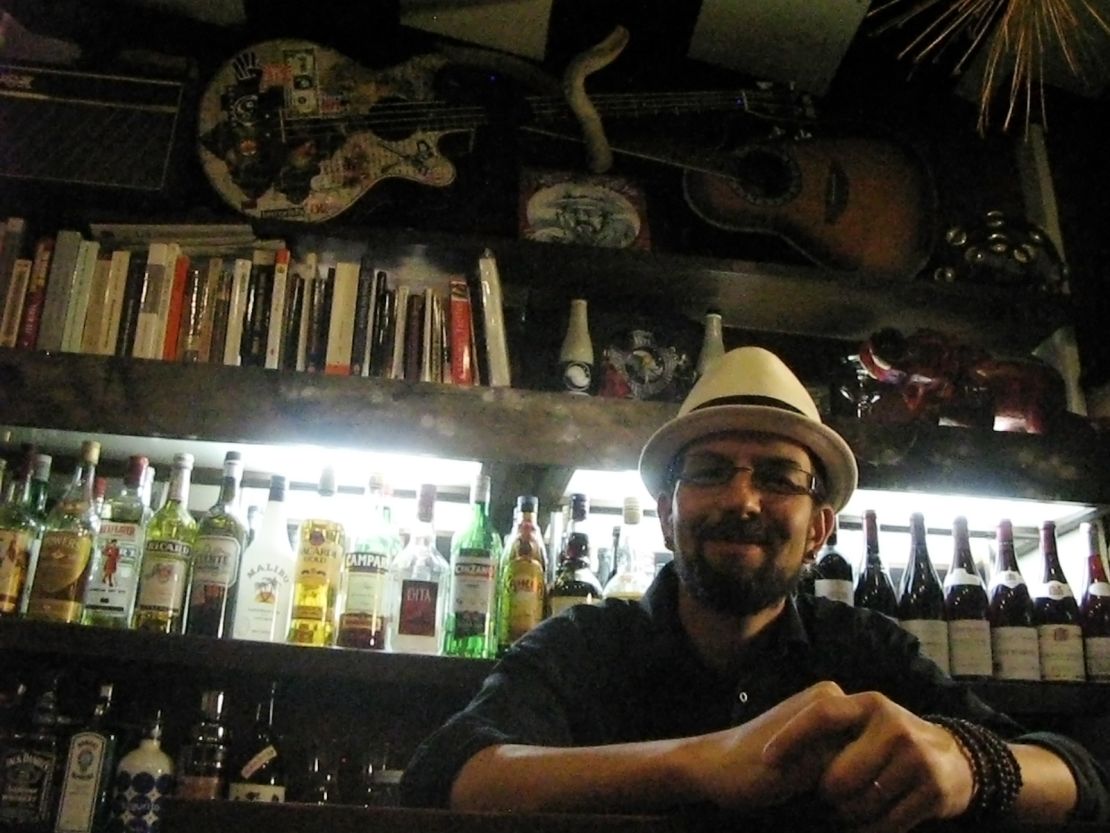
At Bar Frontieres Sans Nations (Bar F.S.N.) French artist Philippe Goulier has created a convivial atmosphere popular with locals and expats. This is a place to meet all kinds of people, while listening to rock, reggae, ska and punk.
On Wednesdays, there’s an open stage for musicians and there are irregular live performances which range from “African Night” to Breton folk dancing. In addition to French cheeses and wines, light vegan dishes in French or North African style are available. The wood-panel interior was designed by Goulier. It showcases his own artwork.
Bar F.S.N., Rokkaku Terrace Building 3F Kawaramachi-Rokkaku Higashi-iru, Nakagyo-ku, Kyoto; +81 90 5064 0642; Tuesday-Sunday, 7 p.m.-late
Bungalow
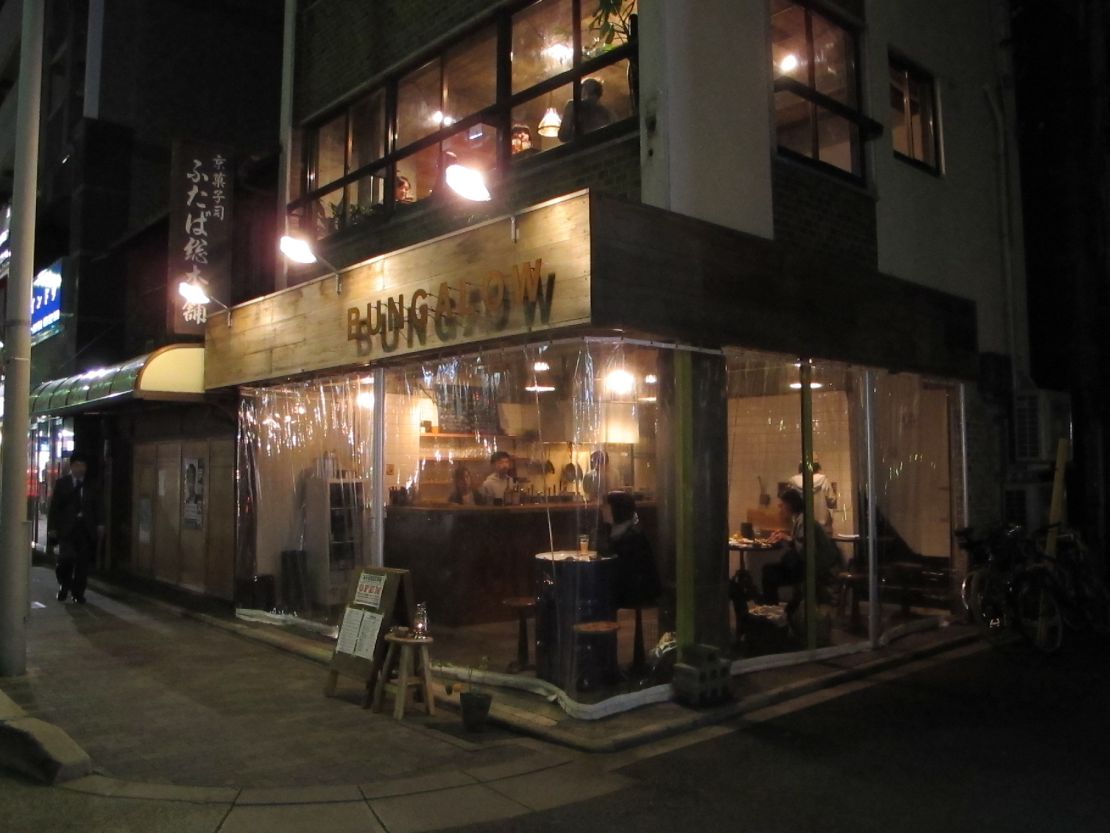
Beer culture is on the rise in Kyoto with craft beer festivals held twice a year, five local breweries, many bars stocking craft varieties.
Bungalow dedicates its entire business to promoting craft bee. It has a constantly changing selection of 10 Japanese craft beers on tap as well as a selection of natural wines.
Cooked in an open kitchen, the food is multiethnic and includes the usual pub snacks plus interesting items like the stout tiramisu. Downstairs the bar is open to the street and excellent for people watching. Upstairs has a hip cafe ambiance.
Urbanguild
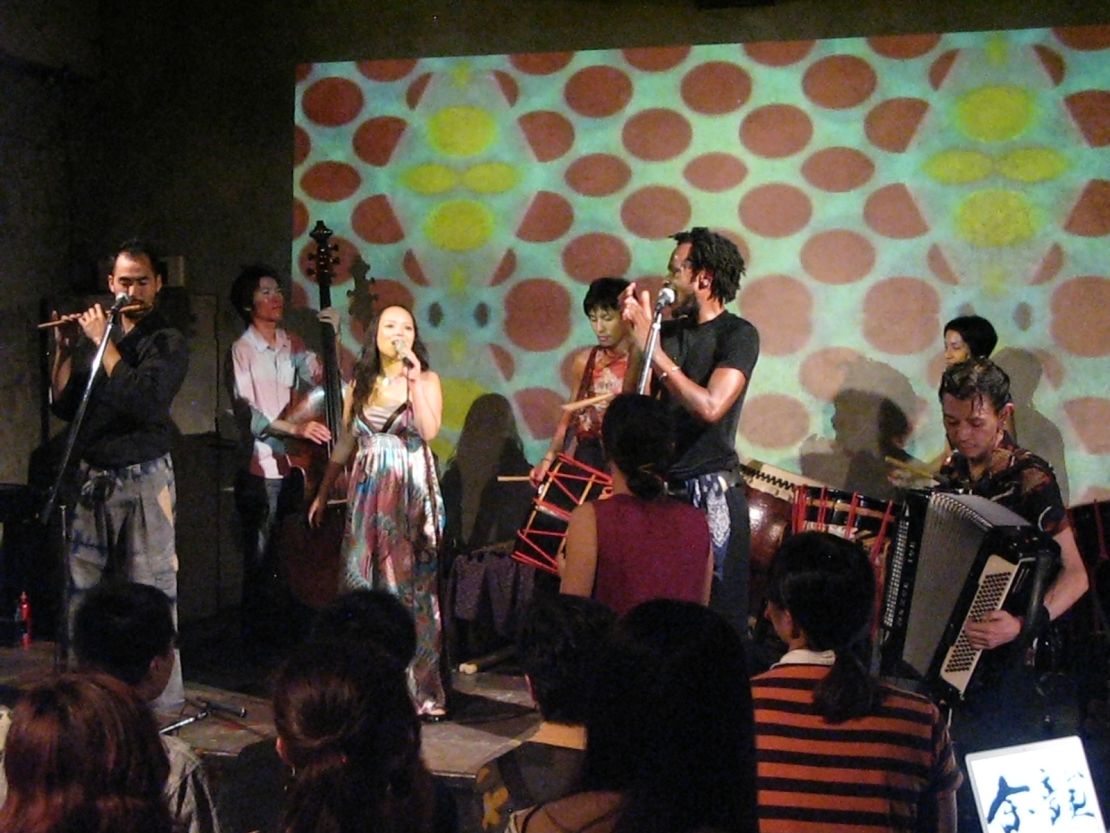
Urbanguild is Kyoto’s theater of the weird, wonderful and absurd.
A local center for avant-garde experimentation, the venue attracts both local and international acts, performing music, dance and other more abstract arts. On any night you might see fire dancing, live painting, butoh dance or burlesque comedy.
Regular patrons have created a diverse, friendly community of locals and expats. Seated at long wooden tables, the audience eats simple pub-style snacks and meals while the action whirls around them.
World

Conveniently located amid the bars and restaurants of Kiyamachi Street, World is Kyoto’s biggest dance club and attracts world-class DJs.
An underground sound chamber replete with stone arches and a pulsing light system, it holds about 700 people. The atmosphere, top-level acts and loud music (electronica, house, hip-hop, reggae) pulls in a young crowd. On weekends, it’s thumping. A lounge area offers relief from the action.
Is Kyoto the world’s most photogenic city? Look and decide for yourself
SHOPPING AND ATTRACTIONS
Nishiki Market
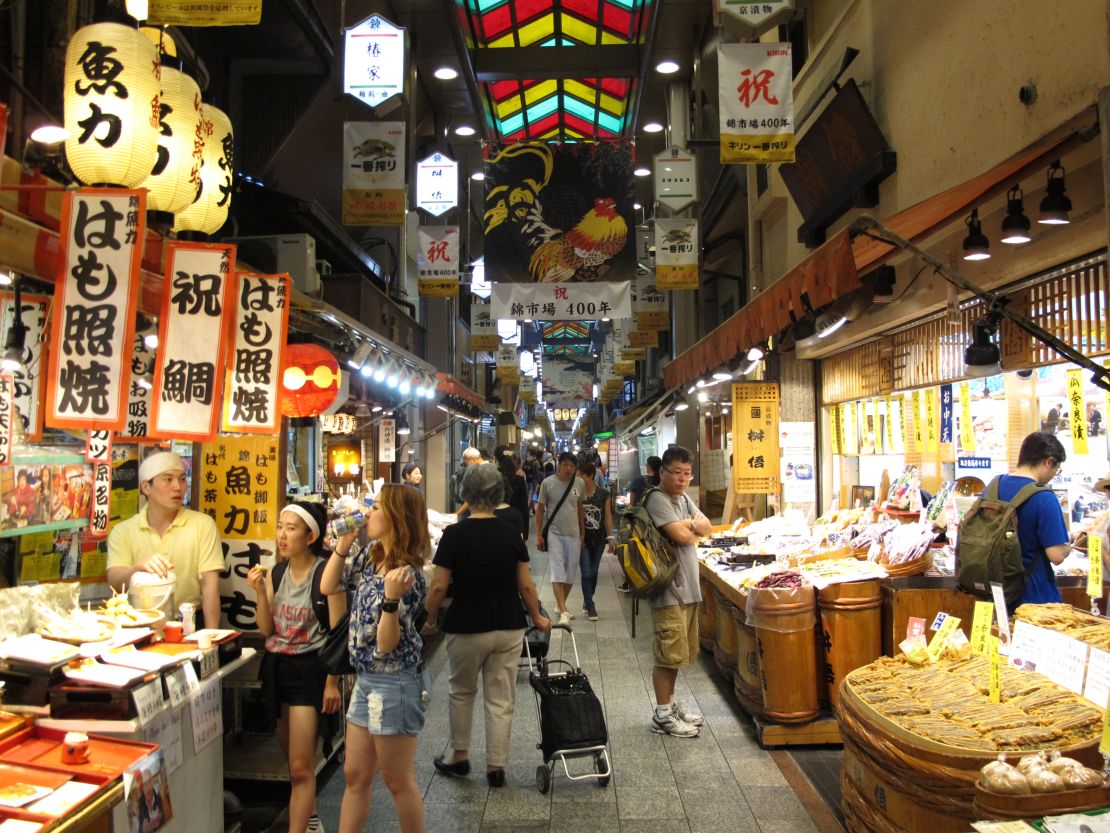
Nishiki Market is an essential sightseeing spot for food lovers. Known as “Kyoto’s kitchen,” this 400-year-old market extends for 400 meters between the streets Teramachi and Takakura. Almost everything here is locally produced and reasonably priced.
Filled with all kinds of colorful sights, unusual smells and the cries of the market traders, this is a lively location and favorite haunt of photographers.
In recent years, many of the shops have started selling take-out food and providing space to sit down and eat. Daiyasu is top-notch for some fresh seafood. Konnamonja is celebrated for its tofu donuts.
Flea markets
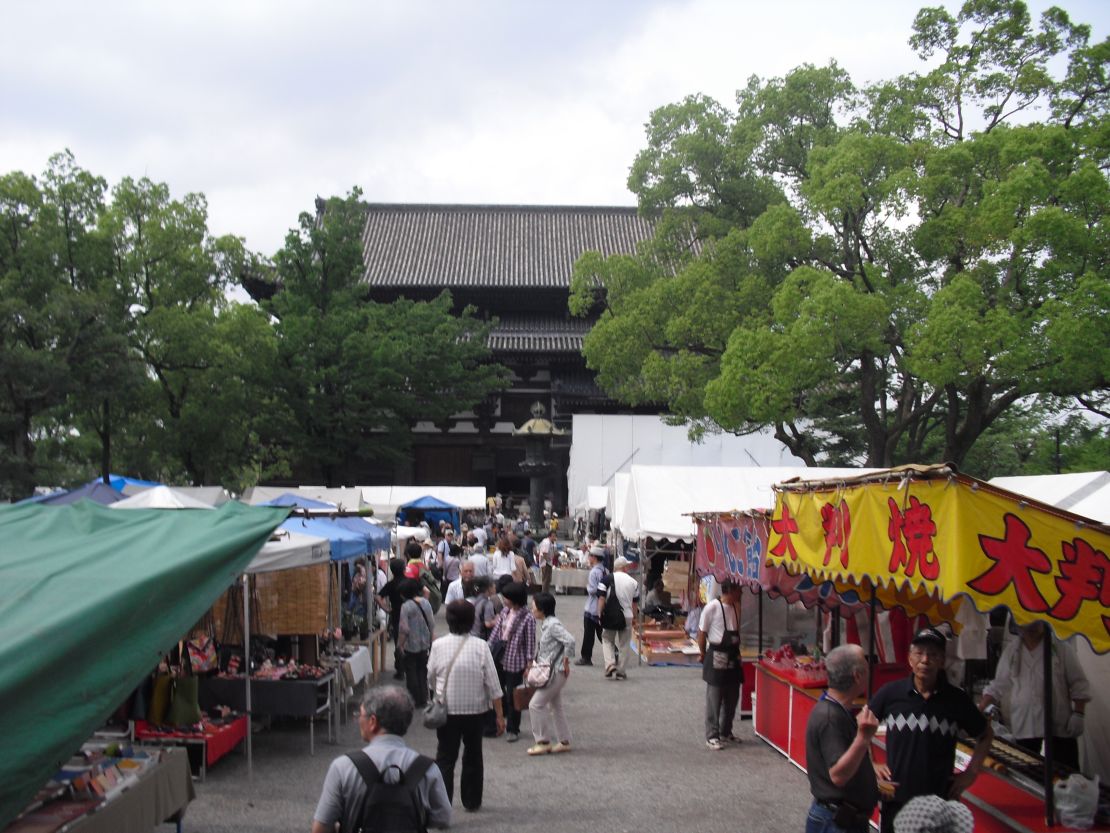
Flea markets are held every week in shrines and temples throughout Kyoto. These are lively events and a great opportunity to pick up unique souvenirs. The three main markets are held at Chion-ji Temple on the 15th of each month, at To-ji Temple on the 21st and at Kitano Tenmangu Shrine on the 25th.
– Chion-ji Temple’s “Tezukuri Ichi” is a handicraft market where you can pick up various handcrafted goods, ethnic clothing, food and pottery.
– “Kobo-san” at To-ji Temple is named after the Buddhist saint Kobo Daishi. Here you can find bonsai trees, secondhand kimonos, paintings, pottery and antiques.
– “Tenjin-san” at Kitano Tenmangu Shrine is named after the patron deity of learning. Similar to the market at To-ji Temple, Tenjin-san is well stocked with food and drink, antiques, pottery, curios and kimonos.
Kyoto Flea Market Schedule, 9 a.m.-4 p.m. (approximate times)
Robert Yellin’s Ceramics Gallery
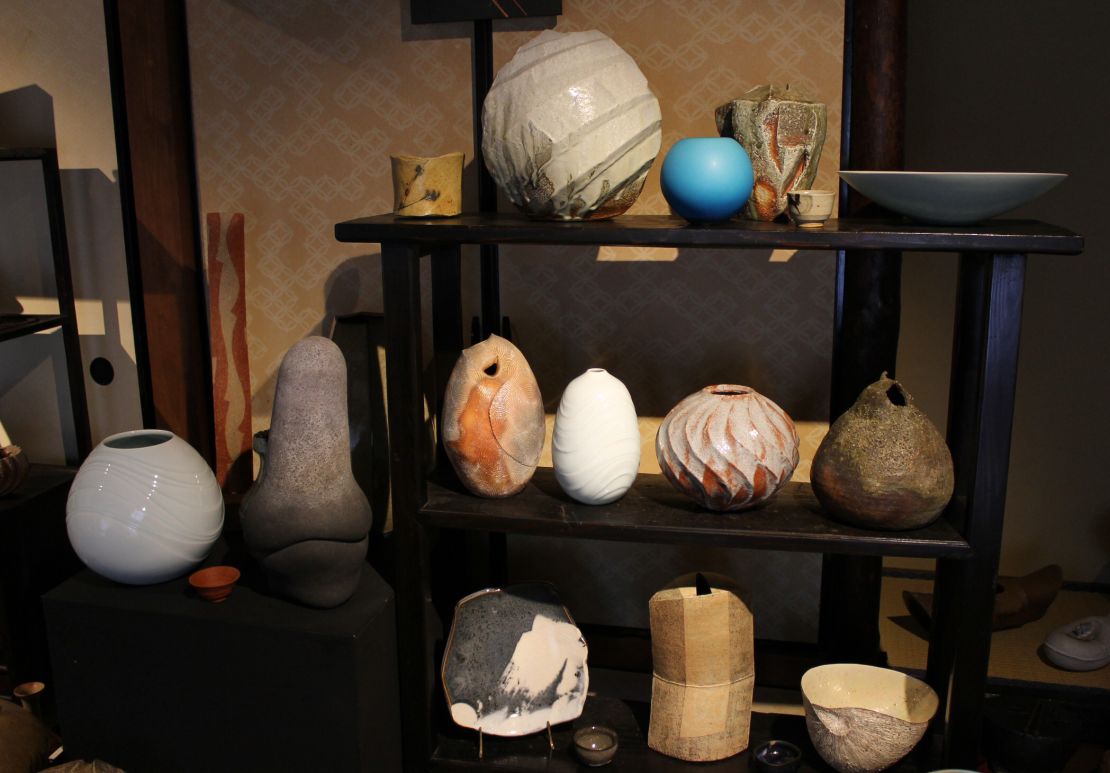
Robert Yellin is an American ceramics specialist and journalist who has lived in Japan since 1984.
His gallery is located close to the popular strolling path known as the Philosopher’s Walk. The gallery holds a wide selection of antique and contemporary Japanese ceramics and hosts regular exhibits.
A visit is an excellent opportunity to learn about the various styles and traditions of the craft from a prominent expert. Yellin’s passion for his subject is infectious, and you might just find yourself buying a unique piece of art.
Robert Yellin Yakimono Gallery, Ginkakuji-mae-cho 39 Sakyo-ku, Kyoto; +81 75 708 5393
Camellia Tea Ceremony

Japanese tea ceremony is infused with the zen spirit of simplicity and grace, but much more surrounds it. Handcrafted ceramics and utensils are used to make the tea, calligraphy and flower arrangement decorate the room and the sweets that accompany the tea exemplify the artistry of Japanese cuisine. In fact, tea ceremony is so closely connected to other Japanese arts that it can be seen as a gateway to Japanese culture as a whole.
Atsuko Mori’s Camellia Tea Ceremony is your gateway to that world. For 2,000 yen ($16), Mori will explain the history of the ceremony, give a demonstration, then teach guests how to make tea with a bowl and bamboo whisk. The venue is a 100-year-old traditional geisha house, a short walk from Kiyomizu-dera Temple.
Photos: Japan’s most beautiful places
SHRINES AND TEMPLES
Kiyomizu-dera Temple
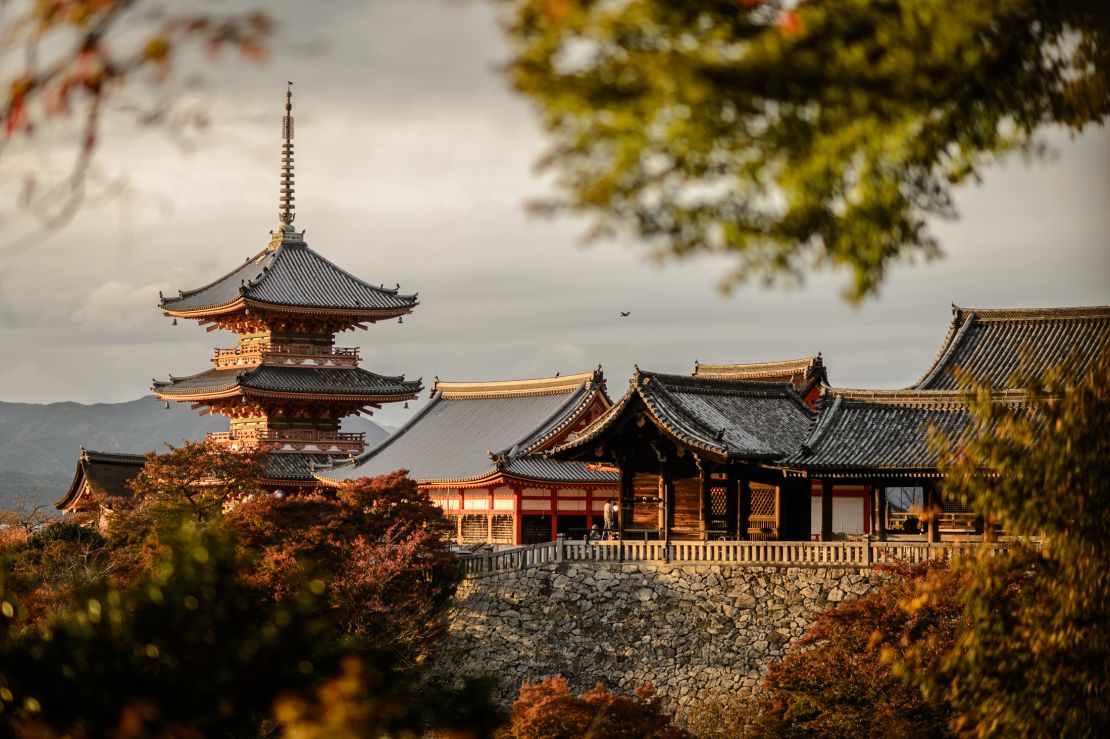
Kiyomizu-dera is an extremely popular temple complex set into the southern Higashiyama hills.
The prime view is from the eastern balcony, which looks out onto a huge hall and platform supported by massive wooden pillars. With the city as a backdrop, sunset at this spot is greeted with an audible collective sigh.
Built in 1633 and dedicated to the Buddhist goddess of Mercy, the temple features wish-granting spring water, a dark “Tainai-Meguri” (womb tour) tunnel through which you can be reborn and two stone pillars dedicated to romance. It’s said that walking in a straight line between them with your eyes closed will help you find love.
Kinkaku-ji Temple

Kyoto’s most famous sight is Kinkaku-ji Temple, also known as the Golden Pavilion. The pavilion is coated in gold leaf that shines brightly in the sunlight and dazzles viewers over its reflecting pond.
In 1397, Shogun Ashikaga Yoshimitsu built his retirement villa here in Kyoto’s northwestern hills. He transformed the location into a glittering tribute to his own power. After his death it became a Buddhist temple complex, but all the buildings except for the pavilion were lost to fire during the 15th century Onin War.
Tragically, then, the original pavilion was also destroyed in 1950 when a mentally ill monk set it on fire. These events inspired Yukio Mishima’s novel, “The Temple of the Golden Pavilion.” The current reconstructed building dates from 1955.
Ginkaku-ji Temple
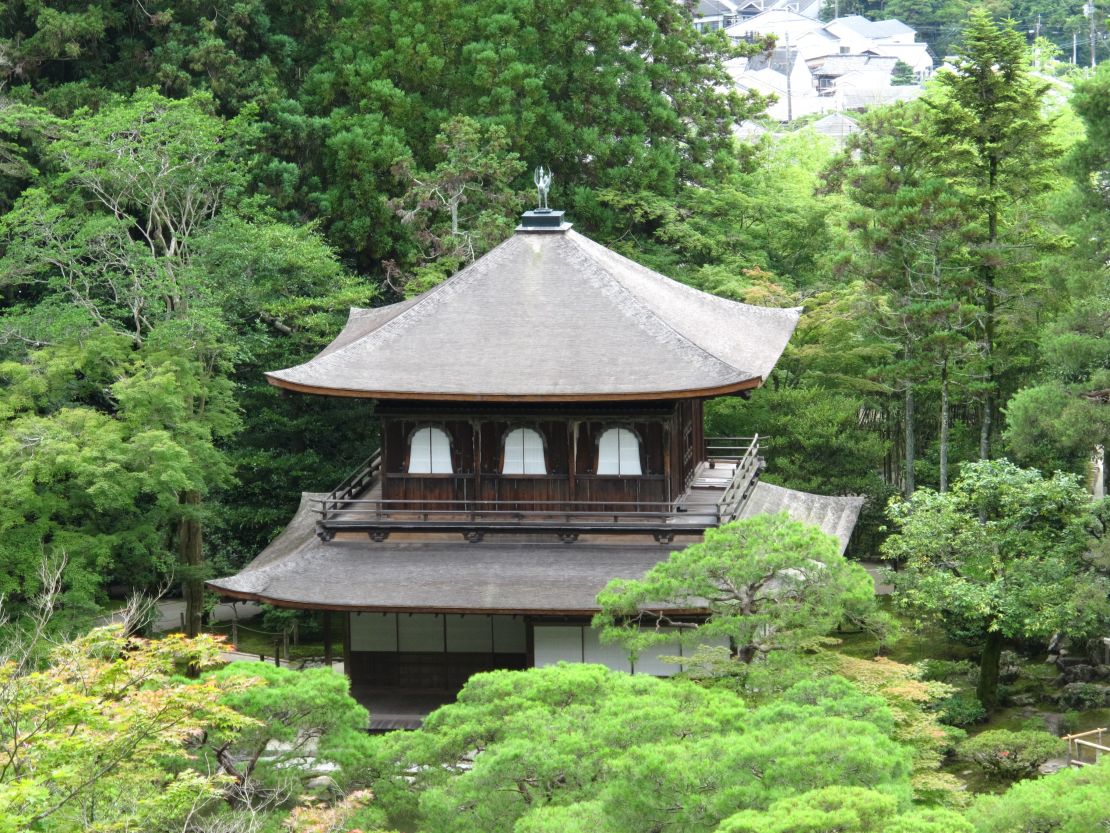
Ginkaku-ji Temple, also known as the Silver Pavilion, is a simple elegant building of wood and thatch in Kyoto’s northeastern hills. It was built as a counterpart to the Golden Pavilion by Ashikaga Yoshimitsu’s grandson, the Shogun Yoshimasa.
Yoshimasa preferred refined simplicity over his grandfather’s ostentation, which may explain why this pavilion was never coated with silver leaf. Originally, Yoshimasa’s retirement villa, it became a Buddhist temple after his death.
The gardens here of moss, pine, pools and raked sand are beautiful. At the back of the grounds a path leads up to a splendid view over the temple and the city beyond.
The Rock Garden at Ryoan-ji Temple
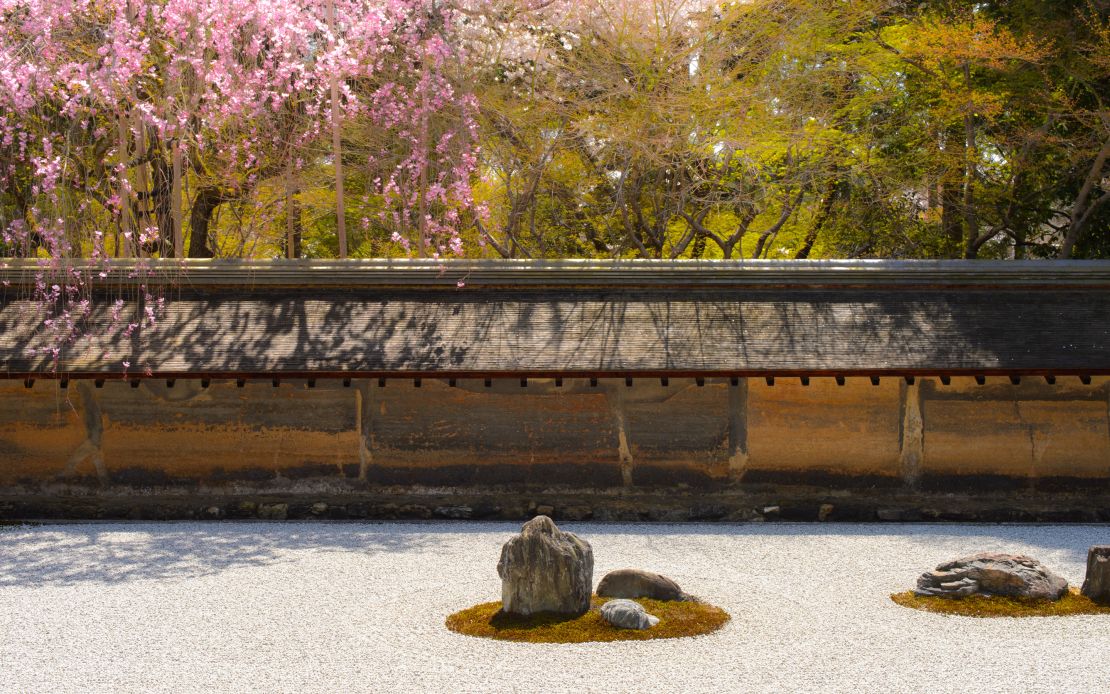
This is Kyoto’s most famous zen garden and consists simply of 15 rocks of different sizes, carefully arranged on a bed of raked white sand.
Despite its apparent simplicity, the garden has a mysterious beauty and many have tried to interpret meaning from its design. Theories include depictions of islands in the sea, swimming tigers and mountains rising above clouds.
Beat Generation writer Will Petersen suggested that the garden was an abstract visual puzzle that provokes the onlooker into deep meditation. He pointed out that the garden is surrounded on three sides by earthen walls that allow for only one vantage point.
Despite this, everybody sees something different – how you interpret the garden may give you insight into your own mind. The garden design never changes.
Fushimi Inari Taisha Shrine
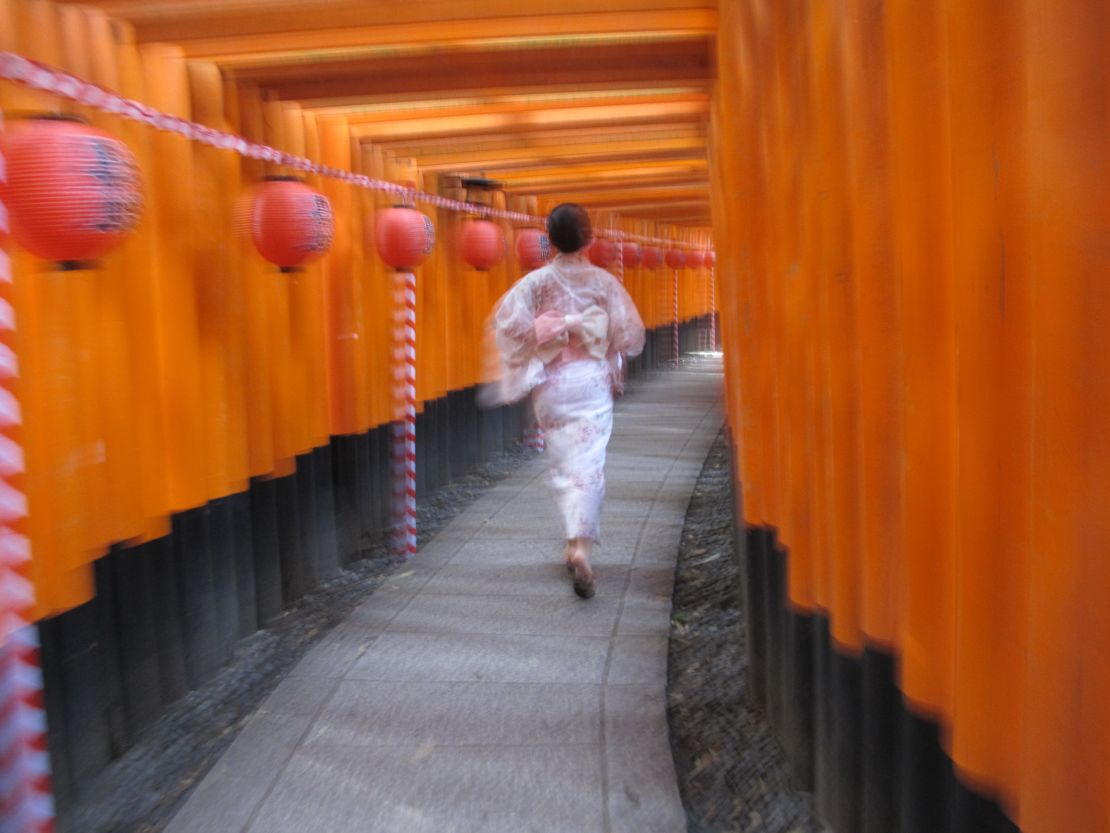
Fushimi Inari Taisha Shrine’s bright vermilion buildings are dedicated to Inari, the god of rice. Here you’ll find statues of foxes about the shrine grounds – foxes keep rice-stealing pests at bay and are seen as a friend of the god. Likewise, just outside the shrine gates a restaurant serves roast sparrows to passersby, because birds eat rice and are seen as Inari’s enemy.
Beyond the shrine complex are the famous tunnels of red torii gates that lead endlessly on and on, up and over the mountain. Surprisingly, Fushimi Inari Taisha is the only sightseeing spot on our list that isn’t listed as a World Heritage Site. However, it’s consistently ranked by Trip Advisor as Japan’s most popular tourist destination.
Originally from the UK, Michael Lambe has lived in Kyoto for nine years. He blogs on the city at Deep Kyoto.














